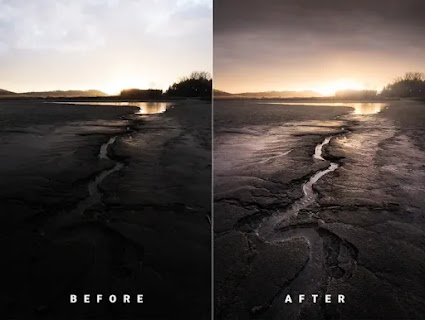HDR editing: Art of Light and Shadow
In the world of visual storytelling, HDR (High Dynamic Range) editing has emerged as a transformation technique, especially in commercial architectural editing and editing of commercial property. When mastery in the interaction between light and shade, HDR images edit to capture the essence of a room with fantastic clarity and vividness. This blog explains how HDR editing increases real estate editing, retaining properties, commercial editing of high end and high -end properties that provide afterwards, which create and inspires visuals.
What is HDR editing?
HDR editing involves involving more images taken in different exposures to create a simple, fully balanced image. This technique captures a wide range of light and shadows, revealing details in both bright and most dark regions in an image. For commercial architectural editing, this means displaying complex design elements, while in the commercial editing of properties it highlights the attraction of a property, making it more attractive to potential buyers or tenants.
HDR role in commercial architecture editing
In commercial architectural editing, HDR technology is necessary to present buildings in its best light. Architects and designers rely on HDR to show the design of the material, the elegance of structural lines and the atmosphere in the inner rooms. In case of careful conclusion exposure, the editors can ensure that all details - from aspects of reflective glass to shaded courtyard - range - sharp and lively. This accuracy level in commercial editing of high end is especially important, where the goal is polished, professional images that reflect the reputation of the project.
Increase commercial property with HDR
For commercial property editing, HDR transforms photographs of editing properties into heavy market equipment. Whether it is an office building, retail or luxury hotel, HDR ensures that every corner of the property is displayed with clarity. Bright windows no longer wash the image and receive inner heat and depth with weak lights. Through property editing, the HDR technique makes the technique feel invited, which helps professionals in properties to attract customers by presenting assets as their most flatter.
Art of High End Real Estate Retaching
In High End Real Estate Retaching, HDR editing is outside technical precision to become an art form. Luxury properties require images that increase emotions and uniqueness. HDR allows editors to improve natural lighting, emphasize architectural details and create a sense of greatness. For example, a penthouse with windows from the floor to the ceiling can be redesigned to show the light and shade to show the surprising cityscape on the outside. This carefully recreational real estate process ensures that advanced entry stands out in a competitive market.
Technology for effective HDR editing
To get fantastic results in editing properties and back -steps of properties, editors use special software such as Adobe Photoshop, lighter or photo. The process usually entails:
- Catches more exposures: Photographers take a series of shots at different exposure levels -to capture the entire dynamic range of a scene, Yerexposed, overexposed and neutral.
- Compound image: Using HDR software, these exposures are mixed to create the same image with balanced lighting.
- Finely details: To improve the editor's texture and colors, negatively, adjust saturation and sharpness, so that the image is natural, yet striking.
- Reching for Perfection: In the High End Commercial Editing and High -end Real Estate Retaching, removes additional reset errors, such as the lens forts or unwanted reflections, to provide innocent results.
Why HDR means something in real estate marketing
In today's competitive market, commercial real estate editing and legalization of properties are important to create a permanent impression. HDR allows editing properties to stand out by showing its unique features with unmatched clarity. For commercial architectural editing, it highlights the architects' vision, while in the high end commercial editing, it is aware of professionalism and expansion. Similarly, High End Real Estate Retaching uses HDR to create ambition views that resonate with rich buyers.
Challenges and best practice
While HDR editing provides tremendous ability, it requires skills to avoid overflow, unnatural images. Editors should create a balance to ensure that light and shade increase the view without increasing the view. The best practices include:
Maintain realism: Avoid excessive saturation or vice versa that may seem artificial for images.
Focus on details: In real estate editing, you emphasize important functions such as texture, light fixtures or landscape architecture.
Sewing to the audience: To get back properties, elegance and sophistication prefer to appeal to luxurious buyers.
conclusion
HDR editing is more than a technical process - this is the art of utilizing light and shade to tell a story. Whether it converts commercial architectural editing, commercial real estate editing, high and commercial editing, high and properties after right, or property editing, or property setting, HDR images to powerful visual stories. By mastering this technique, editors create panoramic views leaving a permanent impact, which means that the properties and architectural designs shine in their full glory.
.png)

Comments
Post a Comment